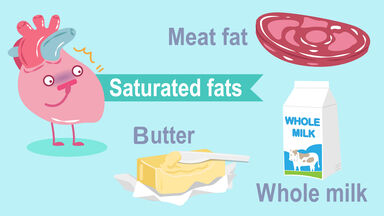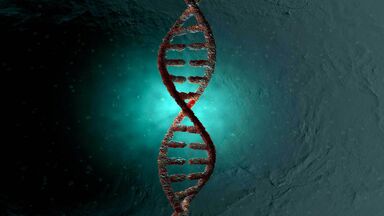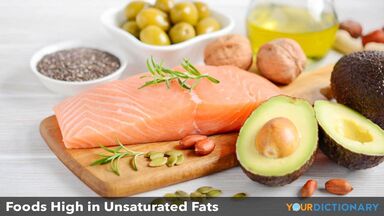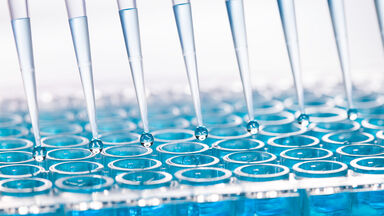Thus, in the production of hydrochloric acid from hydrogen and chlorine 22,000 calories are developed; in the production of hydrobromic acid from hydrogen and bromine, however, only 8440 caloriesare developed; and in the formation of hydriodic acid from hydrogen and iodine 6040 calories are absorbed.
In the formation of gaseous hydrobromic acid from liquid bromine and gaseous hydrogen H2+Br2=HBr+HBr, in addition to the energy expended in decomposing the hydrogen and bromine molecules, energy is also expended in converting the liquid bromine into the gaseous condition, and probably less heat is developed by the combination of bromine and hydrogen than by the combination of chlorine and hydrogen, so that the amount of heat finally developed is much less than is developed in the formation of hydrochloric acid.
Thus, chlorine enters into reaction with hydrogen, and removes hydrogen from hydrogenized bodies, far more readily than bromine; and hydrochloric acid is a far more stable substance than hydrobromic acid, hydriodic acid being greatly inferior even to hydrobromic acid in stability.
But on the other hand, it is readily converted by hydrobromic acid into normal propyl bromide, CH 3 CH 2 CH 2 Br.
A similar behaviour has since been noticed in other trimethylene derivatives, but the fact that bromine, which usually acts so much more readily than hydrobromic acid on unsaturated compounds,, should be so inert when hydrobromic acid acts readily is one still.





